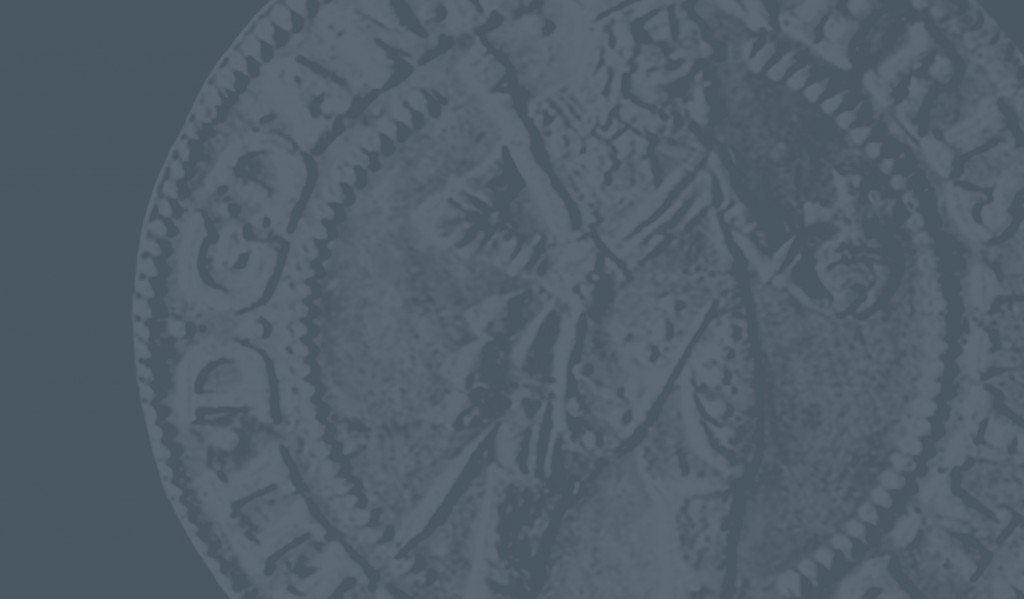
Kupuj i rezerwuj online
Bilety na wystawy czasowe oraz stałe, wydarzenia, wykłady i inne. Zakup online książek i gadżetów.
Spotkania
w Muzeum
Spacery, spotkania kuratorskie, literackie, wykłady i więcej
The preparations of the Third Reich to invade the Soviet Union were also reflected in the field of culture. On October 10, 1942, the Mayor of Bydgoszcz, Walther Ernst, informed the Museum about the urgent need to remove all the most valuable paintings and sculptures from the city. However, the so-called decentralization of collections did not start immediately. The first transports of artefacts took place on June 21, 1943, and the process was completed only on December 30, 1944, less than a month before the Red Army and the First Polish Army entered Bydgoszcz. The artefacts were placed in towns several to several dozen kilometres from Bydgoszcz.
During the war, the rooms of the former Lombard at Löwenstraße (currently Pocztowa Street) served as the next seat of the Museum’s collections, where it was possible to use a fireproof safe located in the building. In 1943, the Museum prepared the largest exhibition during the occupation – Bromberger Kunstschau 1943. The location of the exhibition was quite peculiar – works of art were exhibited in the wings of the second floor of the Church of St. Vincent de Paul, which did not perform sacral functions during the war and was used by the occupiers for various purposes. The exhibition was impressive for the turbulent time of the global armed conflict. 161 works from the Municipal Museum were presented and complemented with a set of furniture and handicrafts.
Immediately after the end of World War II, the Museum in Bydgoszcz operated on similar organizational principles as in earlier years. The name „Municipal Museum” was retained, adding in 1946 the name of the patron, with Leon Wyczółkowski being chosen. The new, post-war reality of the People’s Poland was associated with a policy of centralization and marginalization of local-government of regions, boroughs and cities. The Museum’s nationalization meant that the planned events and exhibitions were included in the national program, which was intended to facilitate the coordination of cultural activities.
The Museum’s new post-war headquarters was the building of the former (until 1937) Municipal Hospital, which even earlier had been part of the Poor Clares’ Monastery complex (17th-19th century). Taking over the complex at Al. 1 Maja 4 (currently 4 Gdańska Street) was not without difficulties. The adaptation of the large building required great commitment and effort from the few Museum employees. Work on adapting the rooms for museum purposes began in January 1946. The first floor was selected as the future painting gallery, while the ground floor was to become a place for exhibiting Bydgoszcz memorabilia and archaeological artefacts. On April 11, 1946, Wojciech Wojewoda (Head of the Region) officially opened the Municipal Museum. Donations were already made just several months after the end of hostilities. Admittedly, they were perhaps not as impressive as in the pre-war period, but they testified to the sympathy and attachment of Bydgoszcz’s society to this particular cultural institution. Some of the items donated after the war were saved from destruction by the occupying forces, with people often risking their lives to do so. The first year of the Museum’s post-war activity brought an increase in its possessions by 47 paintings and engravings, 9 sculptures, 2659 numismatic items, 15 weapons, 145 artistic objects, 113 archaeological exhibits and 129 photographs and prints. On September 3, 1948, the Szulisławski family gave the Museum works of Leon Wyczółkowski and memorabilia related to the master. The donation included almost 200 artefacts.
In order to characterize the first, post-war years of the Bydgoszcz Museum’s exhibition activity, it should be noted that its profile was very similar to the scheme adopted in the interwar period and during the German occupation. Due to the nature of the collections and organizational possibilities, arts prevailed. A certain innovation that appeared in the offer of the Bydgoszcz Museum a few years after the war was a series of exhibitions presenting the work of the photographer Piotr Wiszniewski. Part of the exhibition of Bydgoszcz memorabilia (opened in 1946) consisted of archaeological artefacts. In the 1950s, the first steps were taken to give the exhibition educational values. The exhibition was equipped with modern, as for the standards of the time, didactic elements – including a model of Bydgoszcz town, which was the most characteristic element of the exhibition at that time.